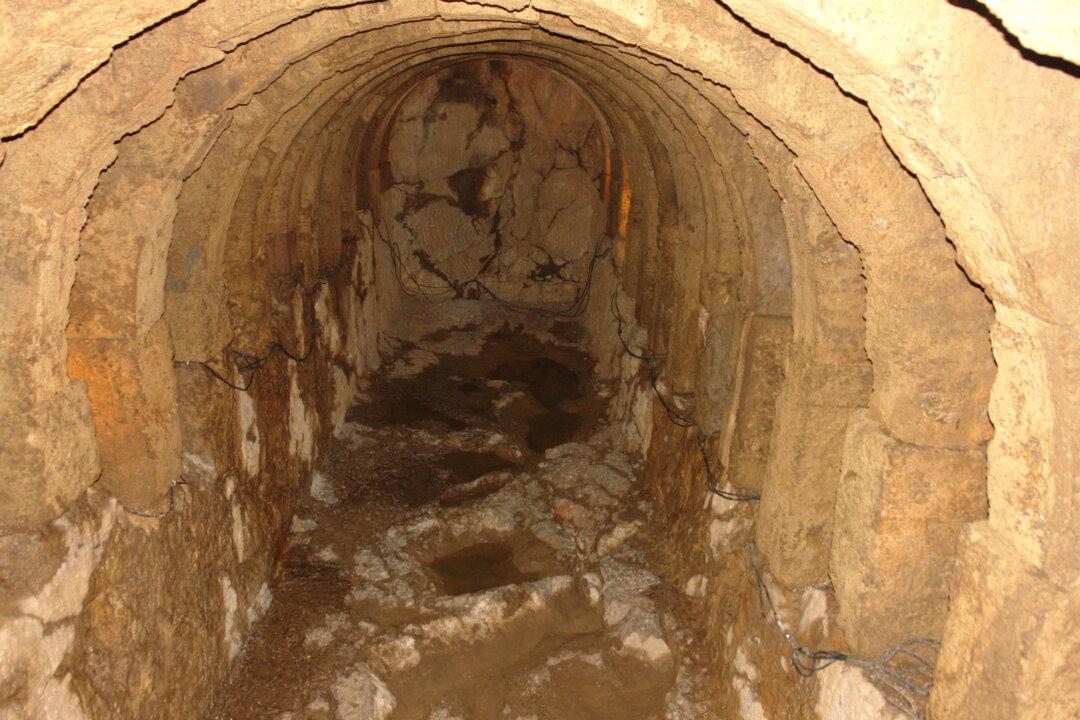The Nekromanteion, or the “Oracle of Death,” was an ancient Greek temple in which supplicants sought to consult shades of the dead.
Sensory manipulation through acoustics, choreographed movement, darkness, and hallucinogens likely made this a genuinely ethereal experience for such supplicants.
The late Greek archaeologist Sotirios Dakaris found a large amount of broad beans at the site when he excavated it in the 1950s and ‘60s. These beans are known for their hallucinogenic properties when eaten in their green state. They can also cause giddiness. Similar effects are caused by lupine seeds, which were also found at the site.
The Nekromanteion is made up of a twisting labyrinthine passageway and subterranean chambers. The dimensions of the Chamber of the Dead show it was constructed using advanced knowledge of acoustics. The sound effects facilitated the impression of communicating with the dead.





